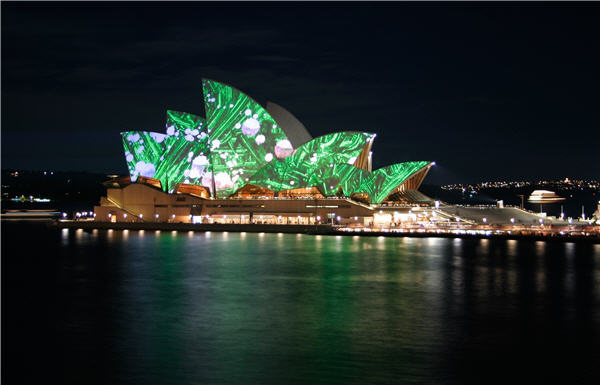Resurgent Aussie dollar gives huge boost to Brazil, South Africa iron ore exporters
The benchmark CFR import price of 62% iron ore fines at China’s Tianjin port added more than 1% to $115 on Monday, building on gains notched up last week following a three-day Chinese holiday.
Despite the steelmaking ingredient’s fight back from a sharp correction at the end of May, negative sentiment about the outlook for the rest of the year remains amid signs of a slowing Chinese economy. China consumes two-thirds of the 1.1 billion seaborne iron ore trade.
The price of the increasingly volatile commodity fell to three-and-half year lows of $87 in September last year only to come roaring back to hit $160 in February, but current levels are in the danger zone for many miners.
$120 a tonne has become something of a rule of thumb among iron ore producers – when prices stay below this level for long enough high cost mines, particularly those in China, become unprofitable leading to cuts in supply.
Costs at Brazil’s Vale (NYSE:VALE) which together with BHP Billiton (LON:BHP) and Rio Tinto (LON:RIO) account for nearly 70% of the global trade, are closer to $50 a tonne, but the world’s number one miner of iron ore is nevertheless counting on a real trading at 4-year lows to improve its profitability according to the Washington Post:
The real, the worst-performing emerging-market currency in the past three months, probably will weaken to about 2.40 from 2.15 per U.S. dollar, bolstering Brazil’s competitiveness, said Jose Carlos Martins, Vale’s executive director for ferrous and strategy. China’s iron-ore and steel demand growth is set to slow to about 5 percent from 10 percent in the first five months of the year, he said.
“The Brazilian currency will devalue further,” Martins, 63, said in a June 14 interview at the company’s Rio de Janeiro headquarters. “The slowdown in China is negative, devaluation is positive because not only our costs in dollars will be reduced but also investments will be lower.”
The Anglo-Australian giants, which thanks to the rich easy accessible iron fields of the Pilbara are able to keep the costs of mining iron ore to even better levels than Vale, are likely to receive less help from the Aussie dollar.
While the A$ tanked 10% in May, historically it remains at elevated levels compared to the US dollar and on Monday staged a dramatic comeback, rallying more than 3% to $0.96 to the greenback.
The Wall Street Journal quotes Ray Attrill, the head of currency strategy at National Australia Bank as saying: “Everybody who thinks the Aussie is going to fall “has already got the position.” The key technical level of US$0.9380 has held, signaling to many the fall for now is over, he added.”
South Africa has taken over from India as the number three supplier of iron ore to China and the domestic currency, the rand, has also depreciated dramatically this year. Ten rand bought you one US dollar on Monday. At the end of last year the currency was changing hands for R8.50 to the US$.
RELATED: Got Jimblebar? Big 4 stack the odds against high-cost iron ore miners
Image of Sydney Opera House during Vivid Sydney festival June 6, 2009 by deb22 / Shutterstock.com
{{ commodity.name }}
{{ post.title }}
{{ post.date }}





Comments
Ziad K Abdelnour
Ziad K Abdelnour: Iron-rich rocks are common worldwide, but ore-grade commercial mining
operations are dominated by China, Australia, Brazil, India and Russia.
The major constraint to economics for iron ore deposits is not
necessarily the grade or size of the deposits, because it is not
particularly hard to geologically prove enough tonnage of the rocks
exist. The main constraint is the position of the iron ore relative to
market, the cost of rail infrastructure to get it to market and the
energy cost required to do so.